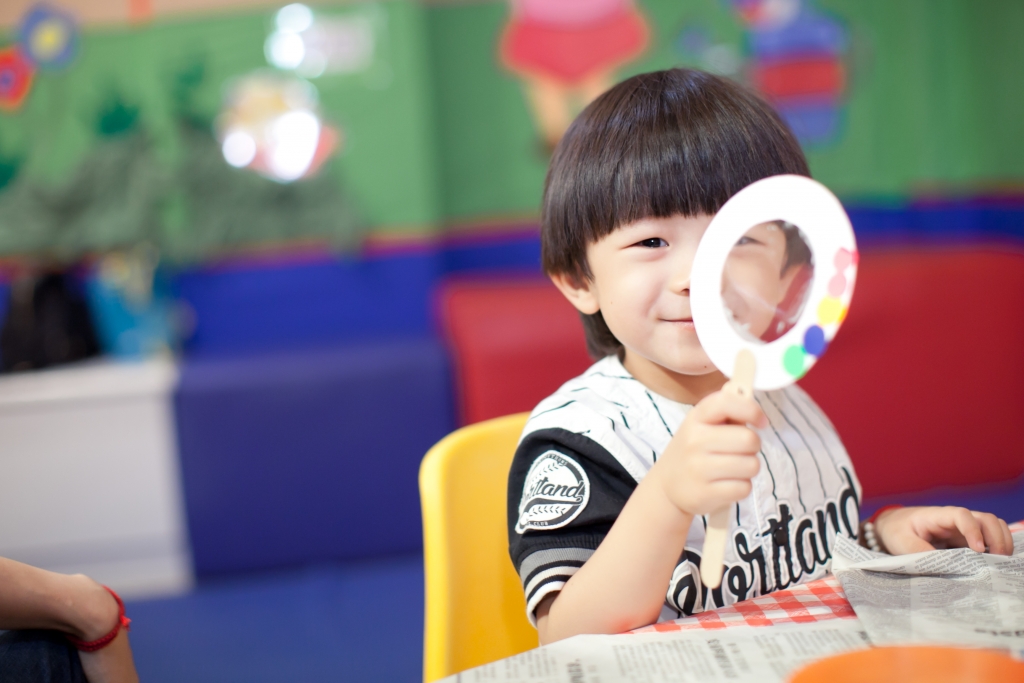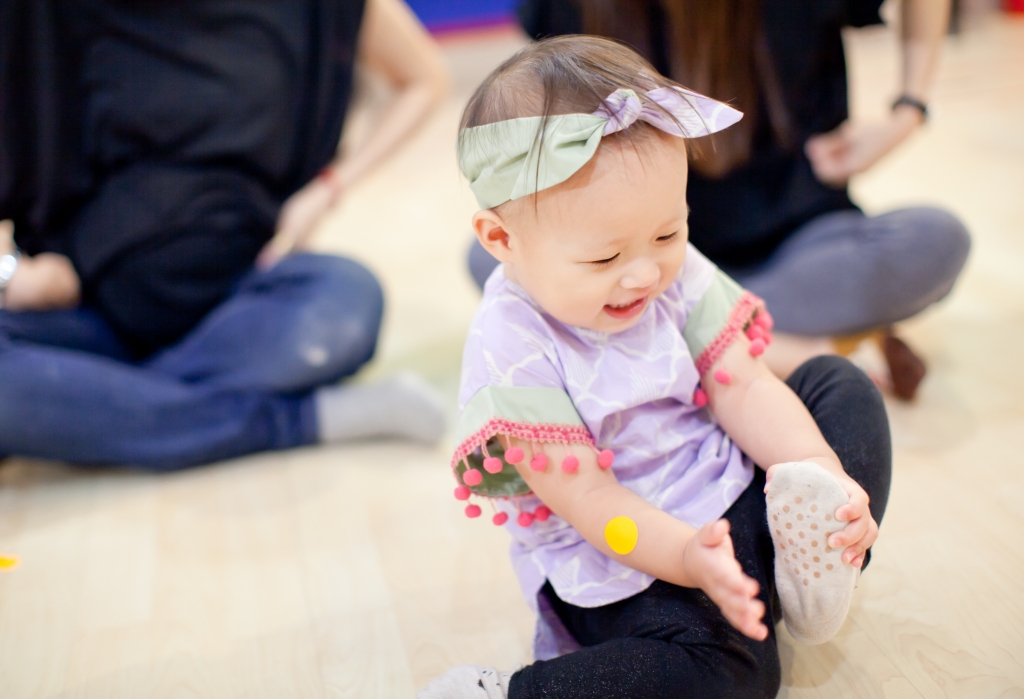Parenting Tips: Toilet Training

Coping with Separation
January 7, 2019
Toilet training is a big step for children and it can take children some time to achieve. Some children achieve toilet training with very little adult assistance, but many need help to reach this important milestone.
Is Your Child Ready?
- Most children are ready to begin toilet training around the age of 2 years old, but others may only be ready closer to 3 years old. Often boys take a little longer to be ready than girls.
- The child first needs to be comfortable in the bathroom area – this can be established by going through the routine of changing diapers etc. in the bathroom (not in other areas of school or home), flushing the toilet, washing hands etc.
- A good indicator of readiness for toilet training is:
- If your child is still dry after waking up from a nap.
- Is showing sings of knowing that they need to go to the toilet example, wriggling and squirming
- If your child is telling you that they are wet (shortly after they have actually wet their diaper). This is a first step and they then need to move towards telling you before they wet themselves.
- If your child is showing more interest in others using the toilet.
- If your child tells you they don’t want to wear their diaper anymore.
Be prepared to wait until you see some signs of readiness. Most toilet training challenges can be avoided if you don’t apply pressure to both yourself and your child to achieve toilet training by a specific date.

Getting ready for toilet training
- Teach your child the words for toilet training – many families and cultures have specific words example “shi shi” or “wee wee” etc. These are fine but also ensure that they are exposed to words that will be understood by other people example, “wet” or “toilet”.
- At home you may want to get a steady footstool for your toilet. The footstool allows the child to be at the right height if standing to pee but also gives them a place to put their feet and feel more balanced and steady whilst sitting on the toilet.
- Ensure you demonstrate the routine of going to the toilet – including the flushing of the toilet. Some children are worried or fascinated about the noise of the flush, the hole that the water disappears down etc.
- Ensure that you make the toilet area safe, for example use of a non-slip mats, household cleaners are placed out of reach etc.
- Make sure your child is wearing clothes that are easy for them to take off and put on. While you may be there to help them, managing this aspect more independently is part of the toileting process. Working on simple dressing and undressing skills, example being able to pull down and up panty or shorts prior to toilet training is useful.

